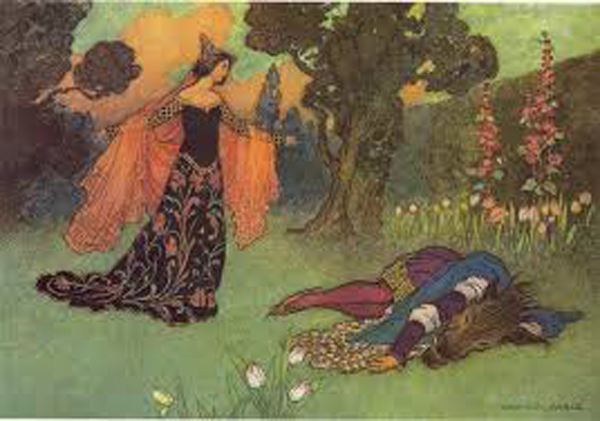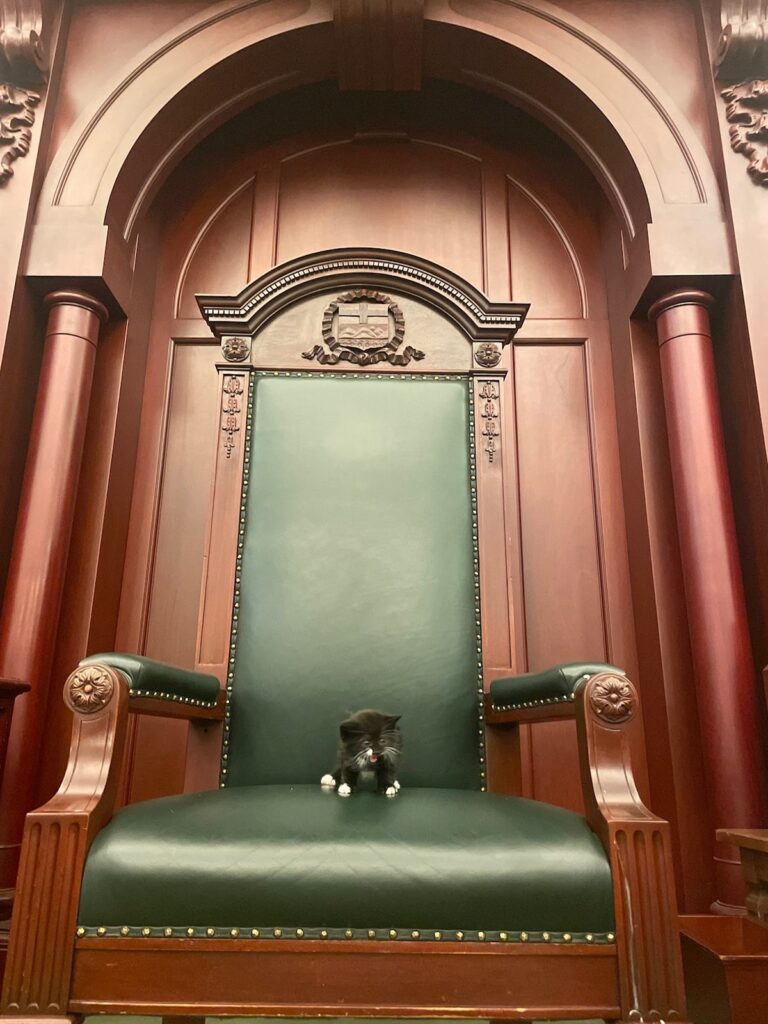Jane Henderson, the books editor at the St. Louis Dispatch, had a literary critter-y take on the lasting success of why so many fairy tales have the element of humans falling in love with animals.
Henderson wrote a column about all the second cousins to the very successful live-action remake of Disney’s “Beauty and the Beast” which is in theatres now.
The $300 million movie tells the familiar story of a human beauty paired up with a beast.
For centuries, fairy tales have stories about humans paired up with creatures and in a new anthology by Maria Tatar call“Beauty and the Beast: Classic Tales About Animal Brides and Grooms From Around the World.”
Some of the examples cited in Tatar’s book include:
- A South American tale of a shepherdess being carried off by a condor and then being rescued by a parrot.
- A Russian fairy tale of a prince shooting an arrow that lands near a frog and the king ordering his son to marry the female amphibian.
- A princess married to a crab.
The stories are usually from a time when humans had more to fear from beasts than they do today. Beyond literal danger, however, the tales evoke “social and cultural anxieties about romance, marriage, and ‘the other,’” Tatar writes.
The stories often mention marriage beds, with some dark boudoirs hiding hideous lovers until a curious mate lights a candle or oil lamp.
Readers know the marriages are consummated when the bride bears an animal-like offspring or lays eggs. (Likewise, in the TV series “Beauty and the Beast” in 1980s, the heroine played Linda Hamilton by gave birth to a kittenish creature.)
But the children sometimes resemble the human parent: A pig prince, who can remove his filthy skin at night, spawns a lovely son. A Native American tale begins bluntly: “Once a young man went out and came to a buffalo-cow fast in the mire. He took advantage of her situation. After a time she gave birth to a boy.”
Tatar, a Harvard University professor of Germanic languages and literature and of folklore who has edited and annotated the Brothers Grimm, Hans Christian Andersen and many other collections, isn’t a stickler for one traditional version of a fairy tale.
In fact, she said recently by phone, she believes Disney may have saved fairy tales from the dust bin when it started turning out movies such as “Snow White and the Seven Dwarfs” (1937).
“Many of my colleagues blast Disney for perverting fairy tales or making cartoon versions of them.
“They are cartoons, but they are not really very simple, and Disney really kept the stories alive at a time when they might have languished and just given way to stories like ‘The Little Engine That Could.’ I love the fact they stayed alive.”
And she hoped the new live-action movie would introduce new elements to the “tale as old as time.”
h/t: St. Louis Dispatch





